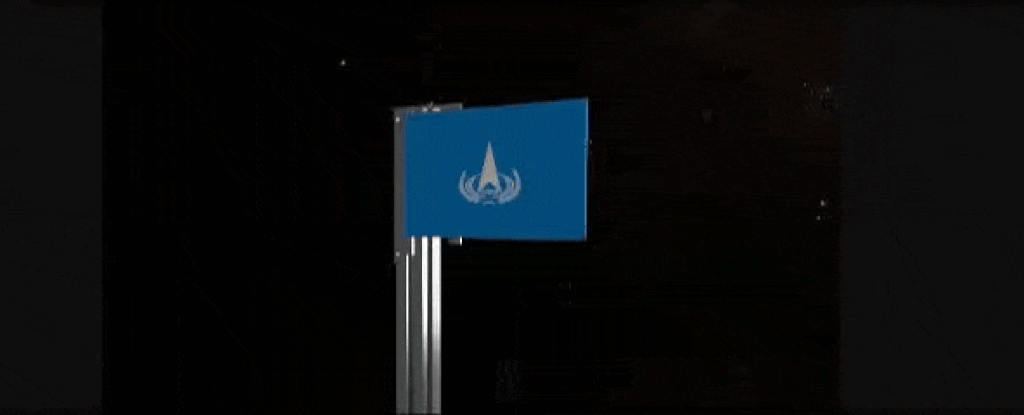Here's How We Could Measure the Mass of SgrA* to Within One Solar Mass
The mass of the Milky Way's supermassive black hole, SgrA*, is roughly 4.3 million times the mass of the Sun, give or take a few hundred thousand solar masses. But a team of astronomers thinks they can dial that accuracy down to know with an error rate of a single solar mass. They propose to do this by measuring gravitational waves from SgrA* as brown dwarfs orbit it closely. These dwarfs act like natural probes mapping out the warped space around SgrA*. The post Here's How We Could Measure the Mass of SgrA* to Within One Solar Mass appeared first on Universe Today.

There is a gravitational monster at the heart of our galaxy. Known as Sagittarius A*, it is a supermassive black hole with a mass of more than four million Suns. Long-term observations of the stars closely orbiting Sag A* place it at about 4.3 solar masses, give or take 100,000 or so. Observations of light near its horizon by the Event Horizon Telescope pin the mass down to 4.297 solar masses, give or take about 10,000. Those results are astoundingly precise given how difficult the mass is to measure, but suppose we could determine the mass of our galaxy’s black hole to within a single solar mass. That might be possible with gravitational wave astronomy.
Gravitational wave astronomy is still in its infancy. Presently, our gravitational wave observatories are only sensitive enough to detect the mergers of stellar-mass black holes and neutron stars within the Milky Way. We aren’t able to detect the mergers of supermassive black holes, nor the gravitational waves when a star is consumed by a supermassive black hole. But in the not-too-distant future, we will have space-based gravitational observatories such as LISA. They will be orders of magnitude more sensitive than what we currently have. And as a recent study shows, these new observatories should be sensitive enough to give us ultra-precise measurements of a black hole’s mass and rotation.
The idea behind this work is to focus on brown dwarfs. These objects straddle the mass range between planets and stars. Too large to be a planet, but too small to ignite core fusion like a star. Brown dwarfs have masses between 13 and 78 Jupiters and tend to be roughly the size of our Jovian neighbor. They aren’t quite as common as red dwarf stars, but should be fairly common within the center of our galaxy. That means some brown dwarfs should approach very close to Sag A*. Some of them will surely be gravitationally trapped by the black hole, slowly spiraling ever closer to its event horizon and oblivion. These are the ones the article focuses upon.

Even the largest brown dwarfs have less than a hundredth the mass of the Sun. They are like specks of dust compared to Sag A*. This means the gravitational dance between a brown dwarf and black hole is an example of an extremely large mass-ratio inspiral (XMRI). The gravitational waves produced by this dance would be small perturbations of the black hole, and as such would be critically dependent on the precise mass and spin of the black hole.
To show just how precise those measurements might be, the team looked at the estimated statistics for brown dwarfs near Sag A* as well as the strength of their gravitational signals. They found that within a typical range of mass and orbital eccentricity, an observatory such as LISA should be able to observe about 20 inspiraling brown dwarfs. This would allow us to determine the mass of Sag A* to better than one part in a million and its spin to one part in 10,000. Those estimates are at the best-case end of what is likely, but it shows that as gravitational wave astronomy improves, we are going to make some outstanding observations.
Reference: Vázquez-Aceves, Verónica, Yiren Lin, and Alejandro Torres-Orjuela. “SgrA* spin and mass estimates through the detection of multiple extremely large mass-ratio inspirals.” arXiv preprint arXiv:2412.20738 (2024).
The post Here's How We Could Measure the Mass of SgrA* to Within One Solar Mass appeared first on Universe Today.
What's Your Reaction?








































